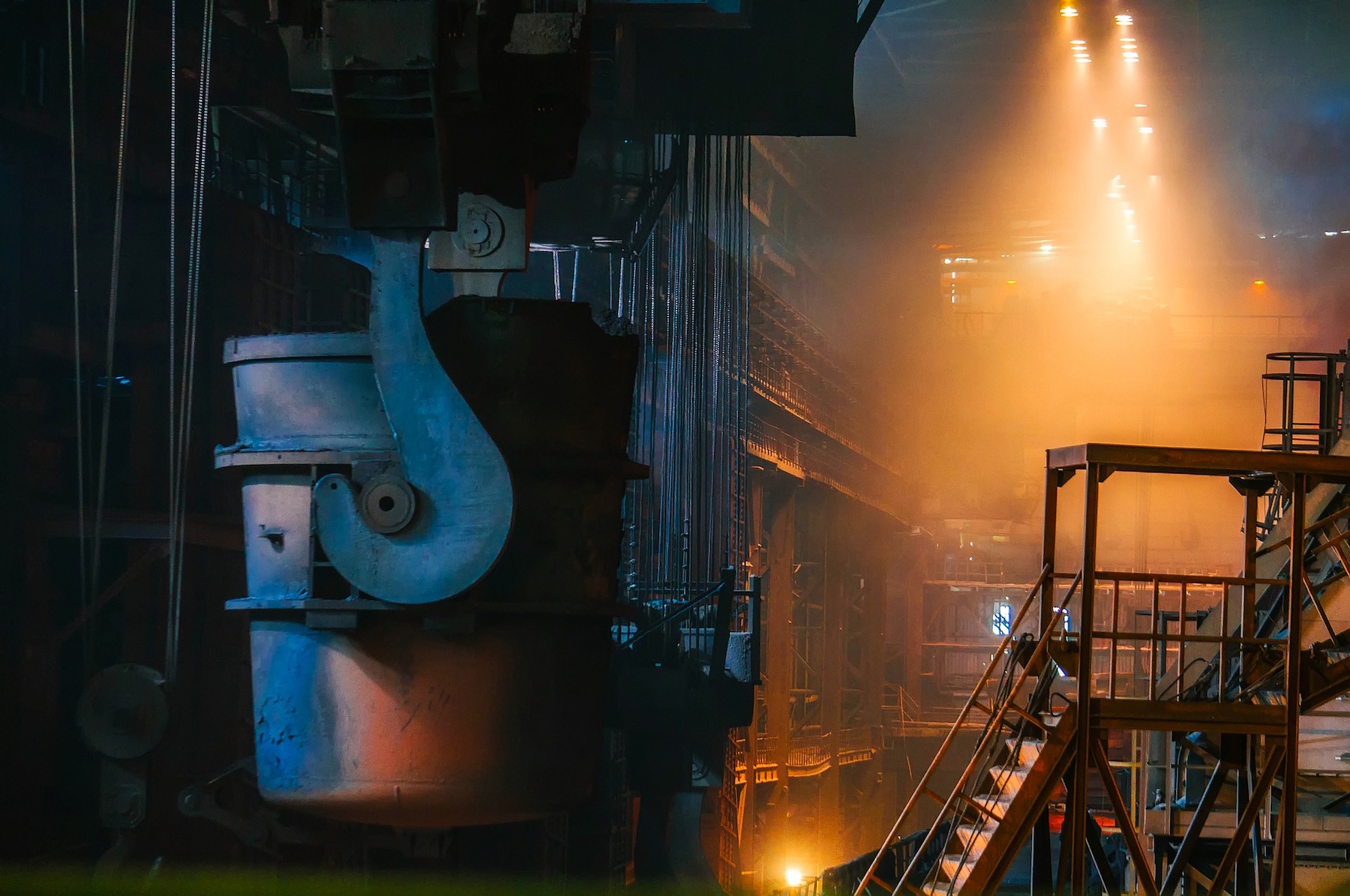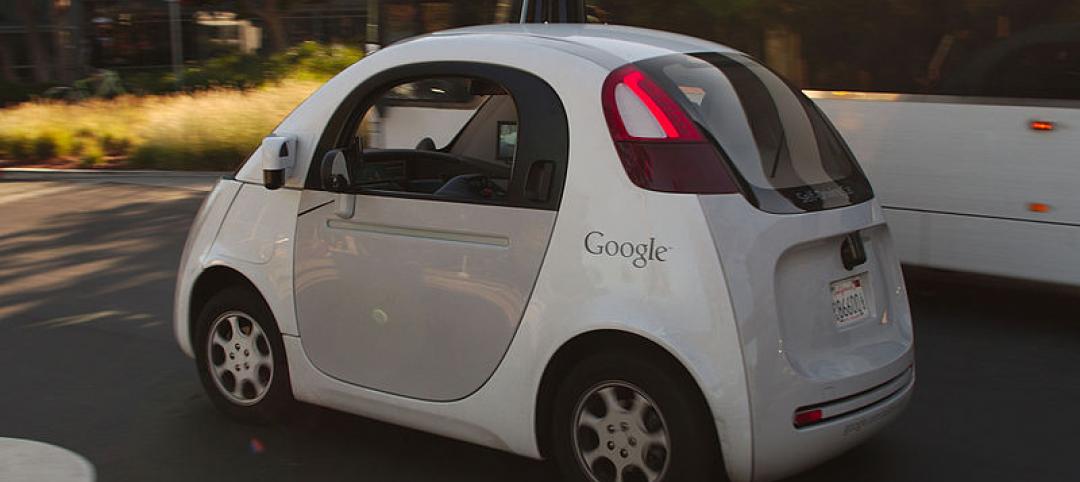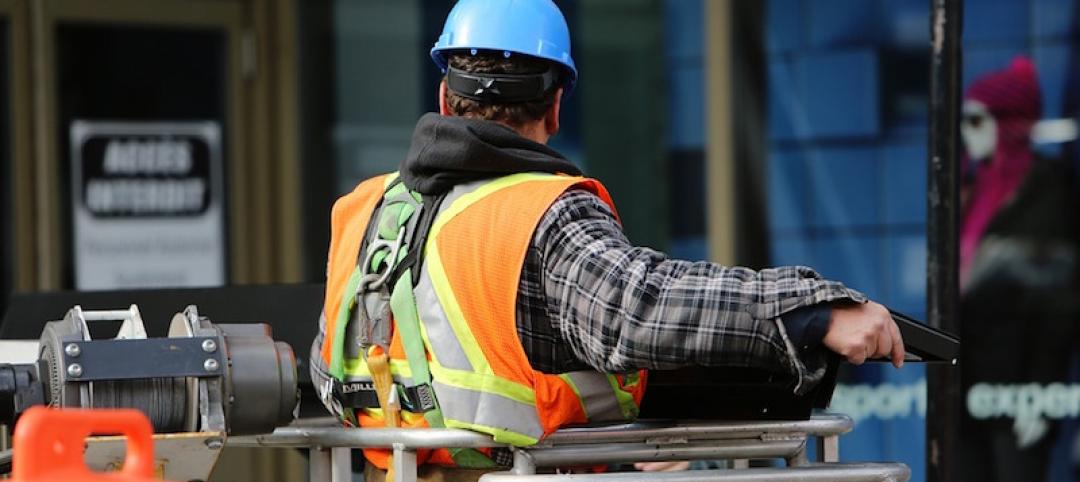Constructing and justifying the cost of physical assets such as a manufacturing plant is much more difficult than it was decades ago, according to a report by Steffen Fuchs, senior partner with McKinsey & Company.
Inflation, rigorous sustainability requirements, and rapid changes in technology and regulations all complicate investment in new construction projects, the report says. “Adding to the complexity, the next generation of assets needs to be “set and forget”: the high cost of building them must be offset by lower operating costs,” Fuchs writes.
Improvements in construction processes and project delivery are especially necessary given that a new wave of “once-in-a-lifetime” capital spending on physical assets will take place between now and 2027. Roughly $130 trillion will pour into projects to decarbonize and renew critical infrastructure, Fuchs writes.
Project leaders typically rely on practices that aim to optimize individual investments, such as a nuclear power plant, an oil refinery, or a pipeline. Cost overruns are typical and costly using this approach. New decarbonization and sustainability investments where groups of similar projects (such as wind farms and solar parks) are delivered repeatedly over a long period of time require much better performance, Fuchs says.
Related Stories
Codes and Standards | Jan 9, 2017
China claims top ranking outside of U.S. for total LEED-certified space
Canada, India, Brazil, and Korea round out top 5.
Codes and Standards | Jan 6, 2017
OSHA prompts more proactive approach to construction site safety
Remote operated camera systems are being used to mitigate risk in real time.
Codes and Standards | Jan 5, 2017
2018 building energy code upholds efficiency gains
Efforts to scale back efficiency requirements largely defeated.
Codes and Standards | Jan 4, 2017
Low-income housing doesn’t lower neighborhood housing values
A Trulia study contradicts longstanding fears.
Codes and Standards | Jan 3, 2017
Intelligent transportation systems have implications for designers, construction firms
Sensors and Internet of Things devices will have to be embedded in infrastructure.
Codes and Standards | Dec 15, 2016
OSHA releases safety recommendation guide for construction industry
It is said to be most helpful to small and mid-sized contractors.
Codes and Standards | Dec 14, 2016
Cities must invest $375 billion to avoid catastrophic global climate change
C40 Cities Climate Leadership Group advocates low carbon infrastructure.
Codes and Standards | Dec 14, 2016
Resilient construction techniques pay for themselves over lifetime of buildings
Spending $340,000 for resiliency would pay for itself over the lifetime of a $10 million structure.
Codes and Standards | Dec 12, 2016
Dept. of Energy launches program to advance zero energy school design
Six school districts and two states are among the first to mainstream zero energy schools.
Codes and Standards | Dec 9, 2016
California city’s plan for net zero building includes net zero water usage
Santa Monica city services building aims for highest level of sustainability.

















